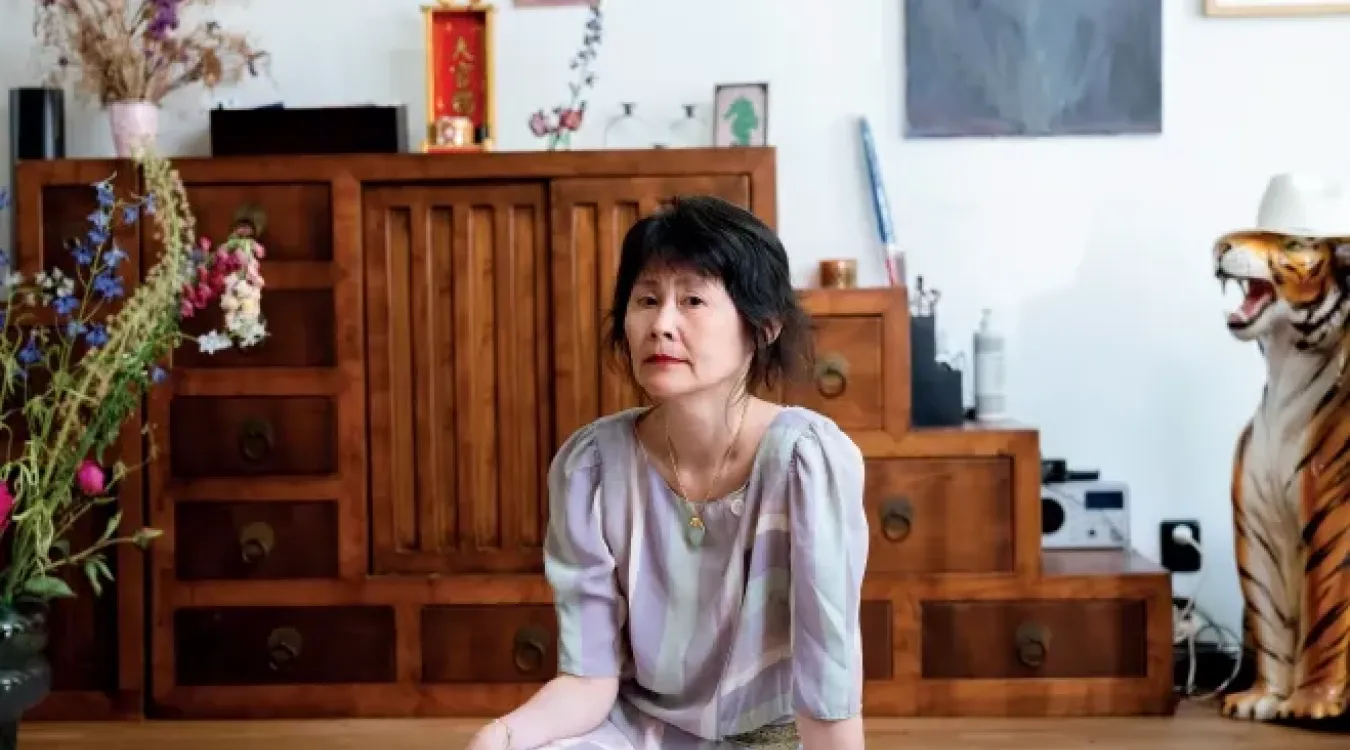Exhibition Snesie
- Date: 31 May
- Location: Atrium City Hall

From May 16 to May 31, the exhibition Snesie: A portrait series of a shared Surinamese-Chinese history will be on view at the Atrium The Hague, organized by Carla Tjon (author, research) and Lidwien van de Ven (co-research, image design and photography). The exhibition tells the history of the Chinese-Surinamese community in the Netherlands.
Abolition of Slavery
Ten years before slavery was officially abolished in Suriname on July 1, 18 Chinese contract workers were transported from the Dutch East Indies to boost the plantation economy. Fourteen of them survived the trip and the plantation work.
Five years later, 500 Chinese were recruited with the mediation of the Dutch consul in Macau in China. In the book We slaves of Suriname, the Surinamese anti-colonial writer and nationalist Anton de Kom described their arrival in 1858:
"When it appeared that no one wanted to hire these workers as long as the slaves already present could work for nothing, their contract was changed by the governor. And when the Chinese resisted their slave status, they were punished with cane strokes."
During their five-year contracts, some Chinese workers managed to buy themselves free one by one, after which they were able to set up a trade. This was possible thanks to a well-known and lively savings and loan system from their homeland, later also applied by Surinamese under the name kasmoni. Soon the stores of Omoe Snesie (Chinese uncle) formed a recognizable part of the Paramaribo street scene in Suriname.
Hakka
The social unrest in China under the influence of power changes, Western and Japanese occupations from the mid-19th century onward, cannot be separated from this Chinese migration either. In the weakened empire, Western traders forced opium into the country and Christian missionaries reached the remote Hakka villages in the southern province of Guangdong. The Hakka, known among the surrounding residents as a host people, had lived here for more than two centuries. Over the centuries, major social shifts led to their migration from northern to southern China, and eventually around the world, including to colonies in the West. Everywhere, Hakka brought with them their traditions and cuisine, adapted to new environments.
Without this prior history, we cannot understand how these Chinese migrants ended up in Suriname, or that many Surinamese bear Chinese surnames. After all, the children of the early Chinese migrants born in Suriname had mothers of creole descent, the descendants of European or African descent from the former colonies.
In this series of portraits, each individual story carries this past history. The individual stories are not separate; they share the same origins of family relatives from Hakka clans in southern China and form a nexus of shared histories in the now.
Atrium City Hall
Spui 70
2511 BT, Den Haag Sign Up





